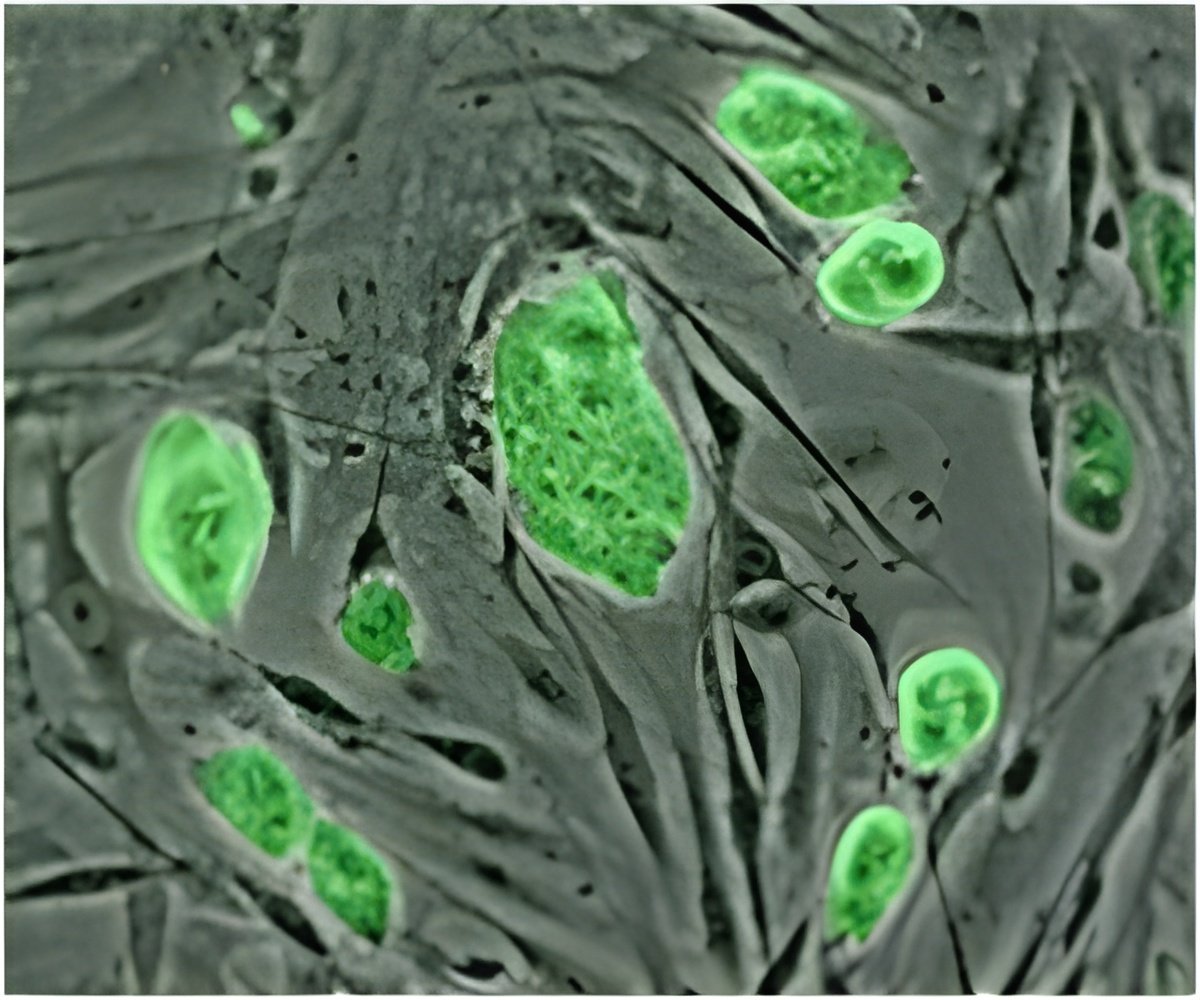Researchers at University of Chicago have designed synthetic proteins that can only interact with a pre-determined partner.

For a cell to perform biological functions and respond to the environment, proteins must interact with one another in immensely complex networks, which when diagrammed can resemble a subway map out of a nightmare. These networks have traditionally been studied by removing a protein of interest through genetic engineering and observing whether the removal destroys the function of interest or not. However, this does not provide information on the importance of specific protein-to-protein interactions.
To approach this challenge, Koide and his team pioneered a new technique that they dub "directed network wiring." Studying mouse embryonic stem cells, they removed Grb2, a protein essential to the ability of the stem cell to transform into other cell types, from the cells. The researchers then designed synthetic versions of Grb2 that could only interact with one protein from a pool of dozens that normal Grb2 is known to network with. The team then introduced these synthetic proteins back into the cell to see which specific interactions would restore the stem cell's transformative abilities.
"The name, 'directed network wiring,' comes from the fact that we create minimalist networks," Koide said. "We first remove all communication lines associated with a protein of interest and add back a single line. It is analysis by addition."
Despite the complexity of the protein network associated with stem cell development, the team discovered that restoring only one interaction—between Grb2 and a protein known as Ptpn11/Shp2 phosphatase—was enough to allow stem cells to again change into other cell types.
"We were really surprised to find that consolidating many interactions down to a single particular connection for the protein was sufficient to support development of the cells to the next stage, which involves many complicated processes," Koide said. "Our results show that signals travel discrete and simple routes in the cell."
Advertisement
"We can now design synthetic proteins that are far more sophisticated than natural ones, and use such super-performance proteins toward advancing science and medicine," he said.
Advertisement













